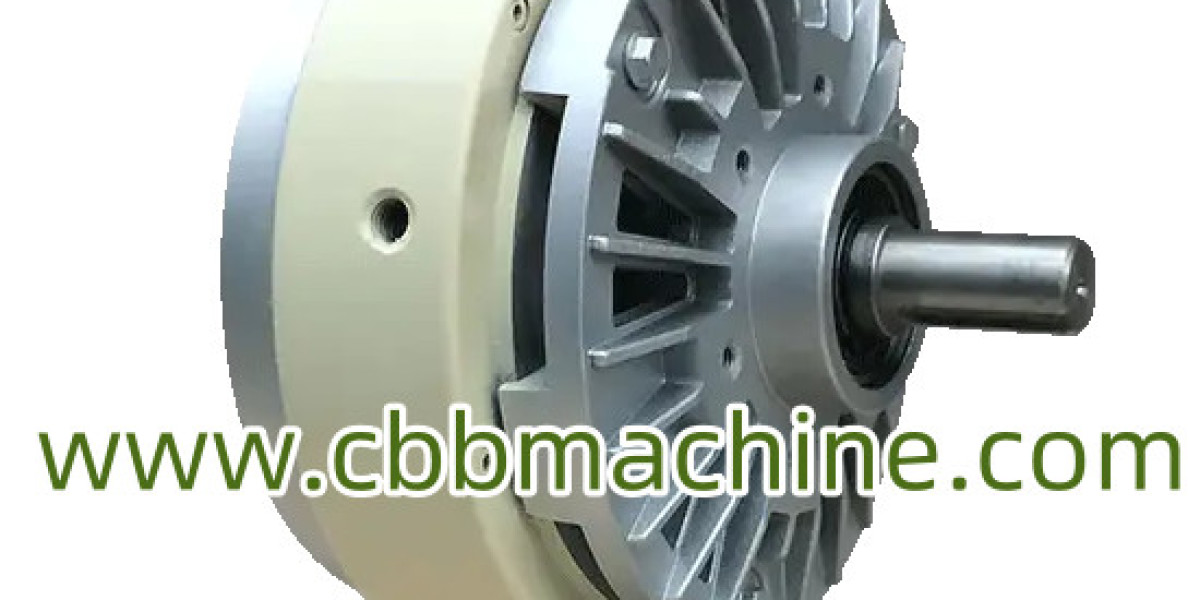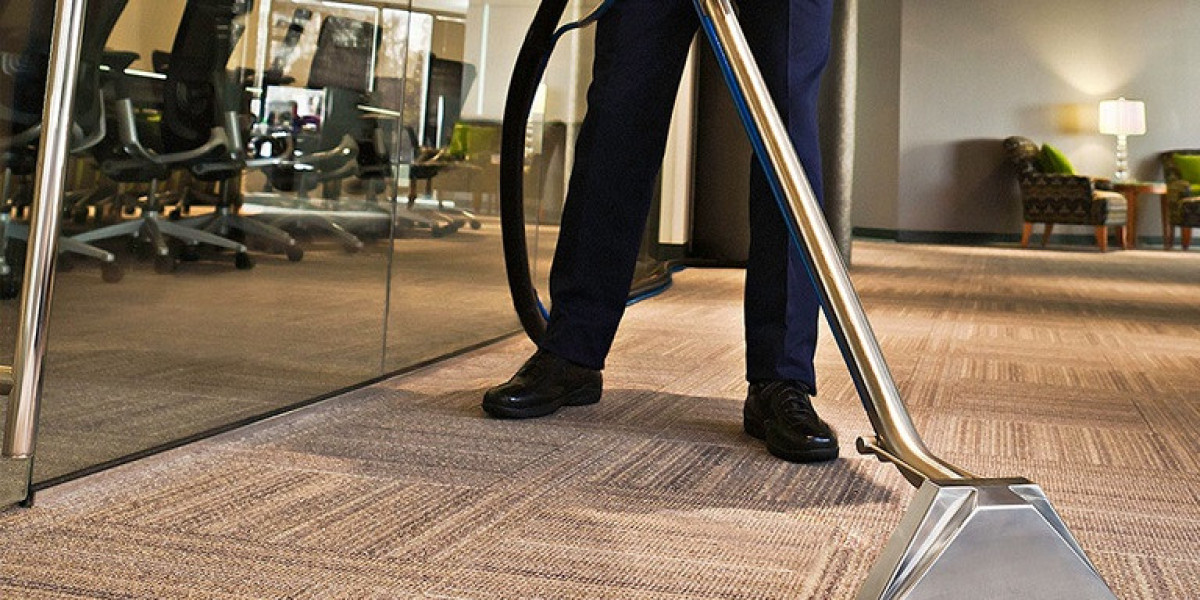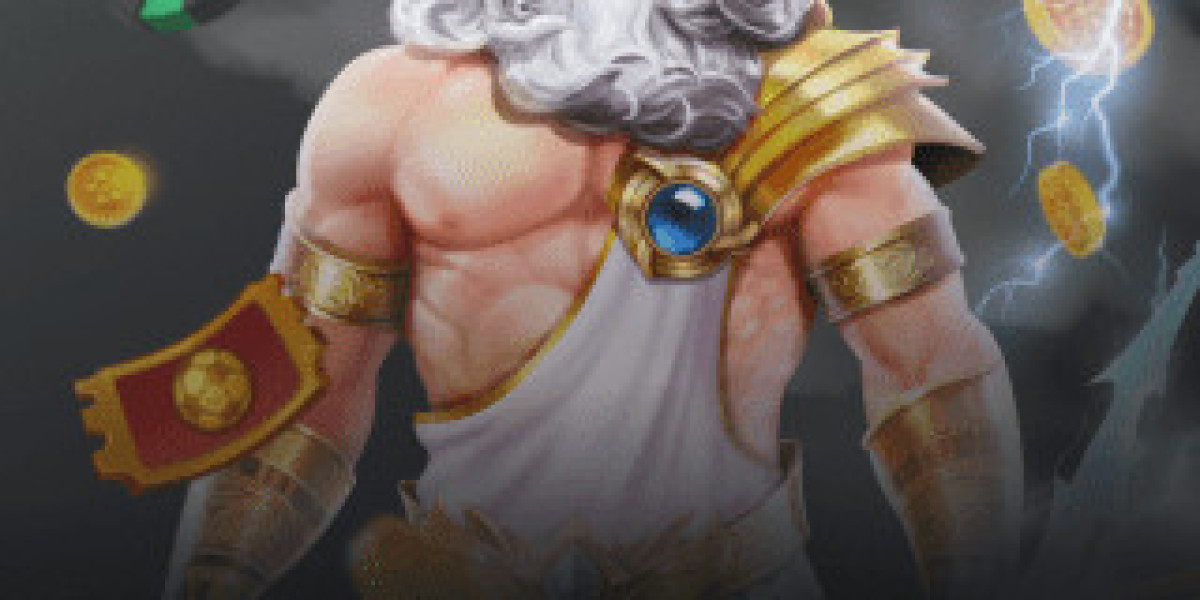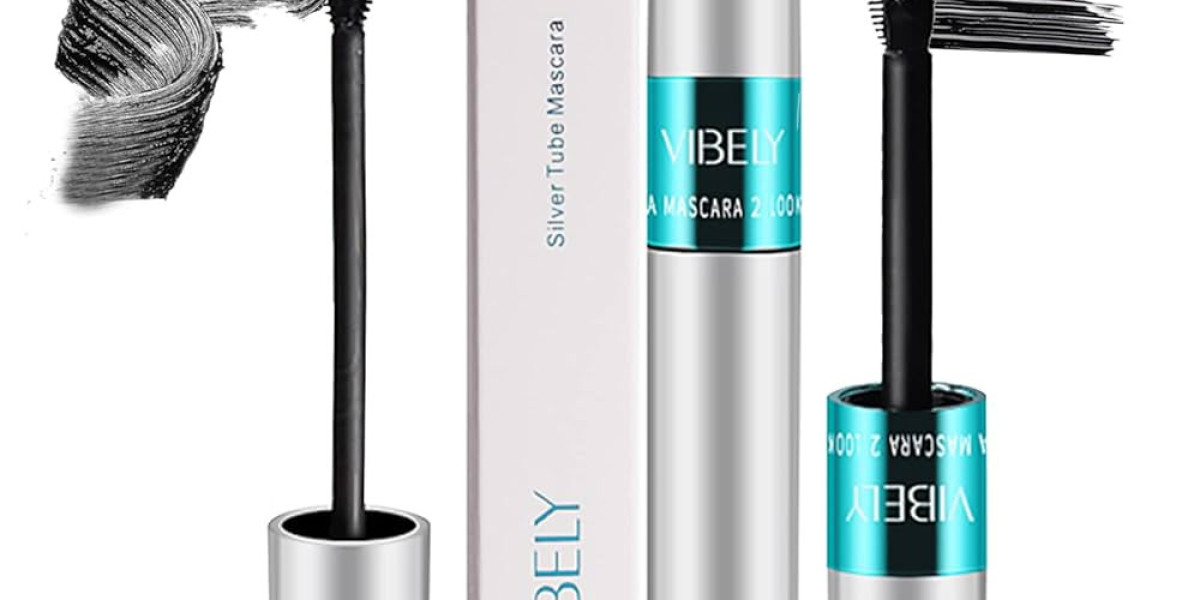Understanding the Value of Magnetic Powder Clutch Manufacturers in Industrial Systems
Magnetic Powder Clutch manufacturers serve a vital role in the advancement of modern machinery by delivering reliable torque control solutions for automated processes. These components are widely adopted in industries such as printing, paper converting, film processing, textile machinery, and packaging—where precise tension regulation and controlled motion are required.
Magnetic powder clutches operate by utilizing a magnetic field to bind powder particles inside a rotor, transmitting torque between input and output shafts. This system enables proportional torque control, making it ideal for applications where speed and load conditions fluctuate. Its contactless transmission also helps reduce mechanical wear and enhances product lifespan.
How Magnetic Powder Clutches Work
A magnetic powder clutch consists of an input shaft, output shaft, a magnetic coil, and specialized powder particles inside a sealed housing. When the coil is energized, it creates a magnetic field that causes the powder to form chains between the rotating components, engaging the clutch. The greater the electric current, the stronger the magnetic field, and the more torque is transmitted.
This mechanism offers several benefits:
Smooth torque transfer
Fast response time
Wear reduction
Precise control under varying load conditions
Thanks to these advantages, magnetic powder clutches are a preferred option in operations requiring consistent torque and minimal vibration.
Industrial Applications
Magnetic powder clutches are suitable for various processes where control and stability are critical. Some of the key applications include:
Printing machines: Ensuring constant paper tension during high-speed operations.
Packaging lines: Controlling film tension and material feed accuracy.
Wire and cable winding: Maintaining even tension to prevent breakage or tangling.
Textile processing: Regulating yarn tension for uniform fabric quality.
Labeling and laminating machines: Supporting precise alignment and smooth film application.
In each of these sectors, reliability and precision are essential. That’s where Magnetic Powder Clutch manufacturers make a difference—by engineering components that suit exact application needs.
Why Manufacturer Selection Matters
Not all clutches are created equal. Magnetic Powder Clutch manufacturers differ in quality control, material sourcing, engineering capabilities, and design flexibility. Choosing the right partner can affect everything from product durability to machine performance.
Here are a few qualities to look for when evaluating manufacturers:
Technical expertise: Understanding customer needs and offering tailored recommendations.
Custom design capability: Producing clutches in varied sizes, torque ranges, and electrical configurations.
Quality materials: Ensuring stable performance and long service life.
Testing procedures: Verifying torque accuracy, heat resistance, and magnetic response.
After-sales service: Providing support, spare parts, and troubleshooting when needed.
A manufacturer with a deep understanding of industrial machinery can design magnetic powder clutches that align with complex systems, ensuring smoother operations and reduced downtime.
Customization Options
Different applications require different specifications. Magnetic Powder Clutch manufacturers often provide custom solutions based on:
Torque range
Coil voltage
Shaft design
Mounting preferences
Heat dissipation method
Custom-built clutches allow engineers and production managers to optimize machine integration, minimize energy waste, and maintain tighter control over product quality.
Trends in Magnetic Powder Clutch Design
As industries move toward more automation and energy-efficient technologies, magnetic powder clutches are also evolving. Modern designs focus on:
Compact size: Saving space in machinery design.
Improved cooling: Enhancing clutch longevity through better heat management.
Smart integration: Connecting with digital control systems for real-time torque adjustment.
Environmentally friendly materials: Using recyclable components and reducing electromagnetic interference.
Magnetic Powder Clutch manufacturers who adapt to these trends are supporting the next generation of flexible, intelligent manufacturing environments.
Conclusion
Magnetic powder clutches provide a reliable and controllable method of torque transfer across various industrial applications. From delicate film feeds to precision paper handling, they offer smooth performance and operational consistency. Working with experienced Magnetic Powder Clutch manufacturers ensures that each component meets specific operational needs and contributes to more efficient, stable production lines.







